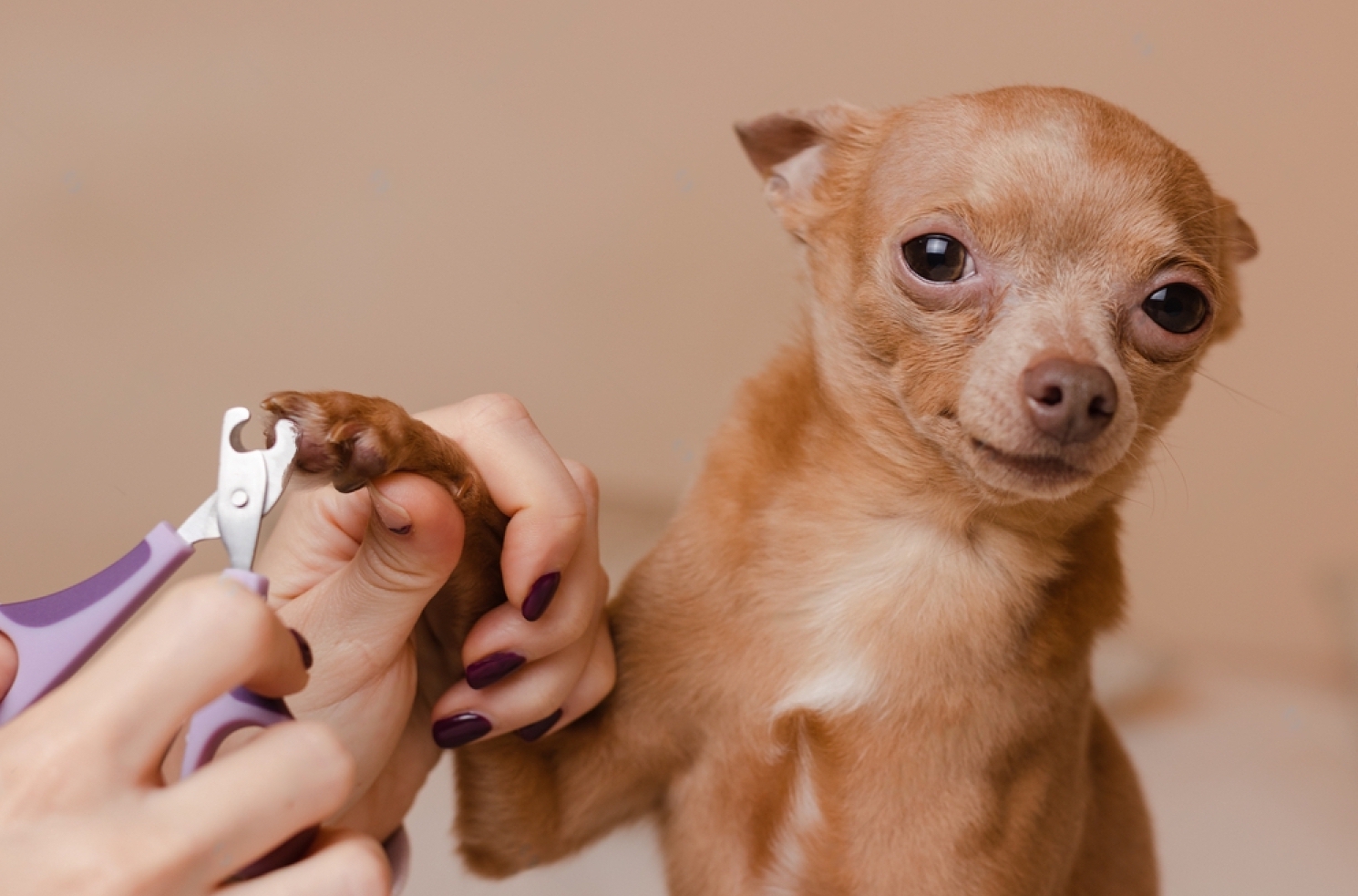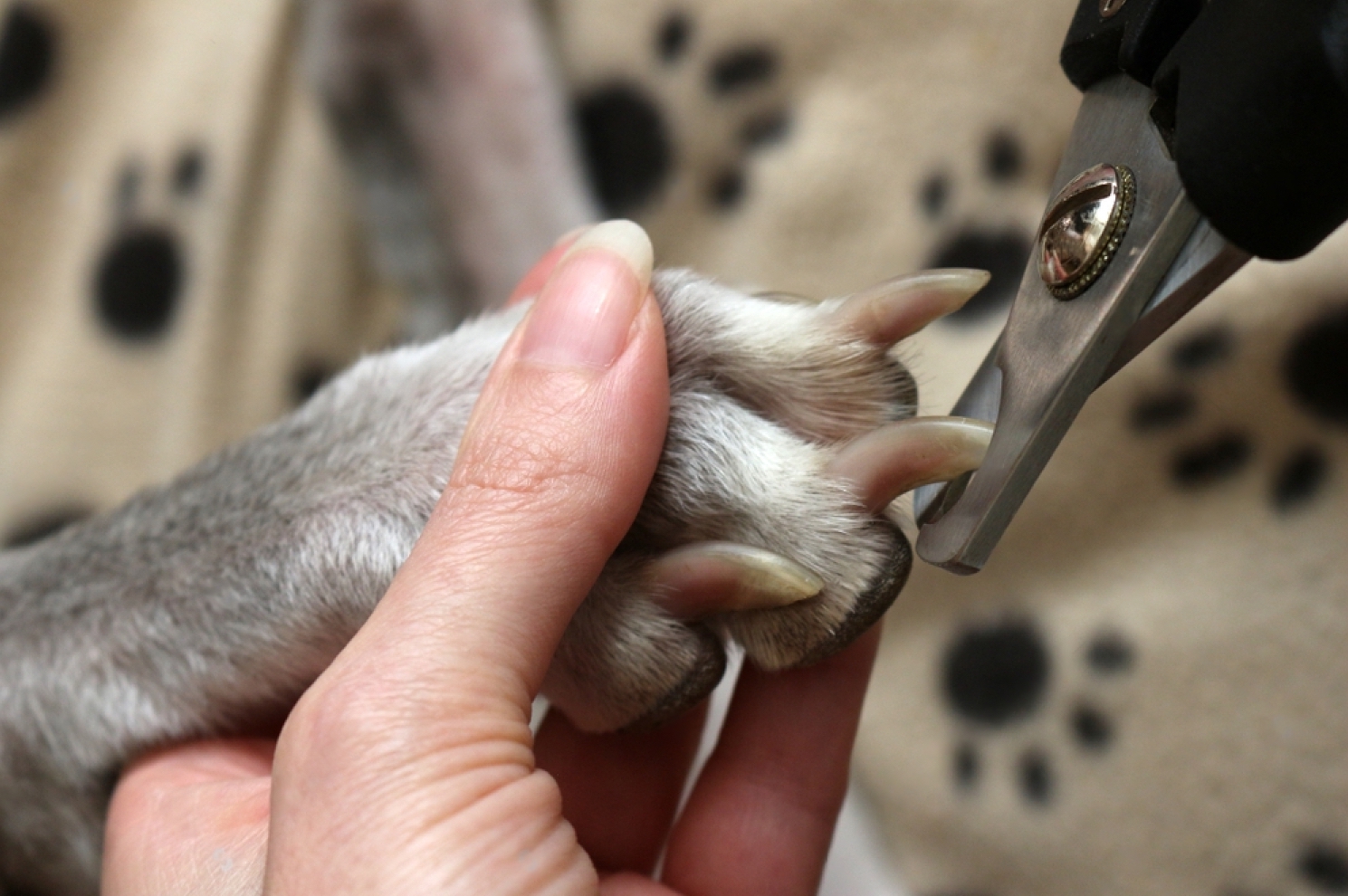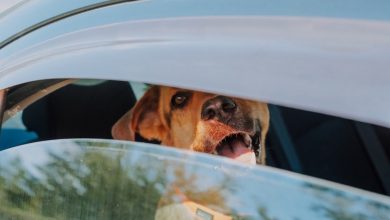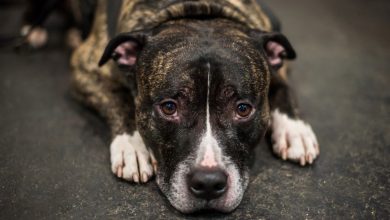
How are dog paws made?
Human hands and dog feet are similar in structure but different in use and function. Dogs do not walk with a full foot like humans, but only on their toes. This provides greater maneuverability, strength development, and cushioning. A dog has six paw pads (four toe pads, one palm pad and one wrist pad) on the underside of the paw. The paw pads consist mainly of calluses and fat, and can neutralize uneven ground. Thus, the paws have an important protective function.
But at the same time they are sensory organs that transmit important information from the environment (e.g. temperature, vibrations, soil material). At the same time, dogs emit their own scent through their sweat glands. It is also part of their communication. Sweat secretions formed on the pads, which resemble a thin film on the pads of the paws serve to improve adhesion to surfaces. Dogs also have claws on their paws. These claws provide support. Also, there is skin between the toes that increases the mobility of the paws depending on the situation. The fur between the toes serves to protect the delicate space between the toes.
Taking care of your dog’s paws
Dogs on a leash walk up to 20 km a day, and even domestic dogs walk an impressive distance. In difficult terrain and in harsh weather conditions, their paws can get seriously damaged. This is especially true in winter.
Proper care can help prevent paw injuries

Claw trimming: Claws are trimmed to the desired length on hard surfaces and with moderate physical force. Clipping is necessary to prevent ingrown claws and related injuries to the dog.
Depending on the intensity of movement on a particular surface, regular claw trimming is essential care. Claw trimming with clippers or grinders is convenient and easy at home. However, care should be taken not to cut the blood vessels. The blood vessels run inside the claw and are only visible on light-colored claws.
Dry paws: make sure your dog’s paws are always dry. Parasites prefer a warm, humid environment, so constant dampness can cause immediate pain and irritation between his toes.
Keep the coat short: Long hair on the soles of the feet can be a problem in bad weather. Long hair overlaps the soles of the paws, making it difficult to get a good grip. In addition, snow and mud clumps more easily adhere to the coat and accumulate moisture.
Paw cleaning is good for the dog
Spots are the first step to breaking the skin barrier and causing painful inflammation. That’s why keeping paws clean is a grooming priority. Paw cleaners are a quick and easy cleaner.
It looks like an ordinary plastic cup. However, it has multiple teeth inside that act like bristles and help remove dirt from hard-to-reach places. To use, fill the cup with water or soapy solution and dip dirty paws into the top of the device. Depending on the model, the cleaning process is automatic at the touch of a button or manual (twist, twist or knead).
The paw cleaner can be taken anywhere, so it can be used in everyday situations outside the home (e.g., going to a restaurant). Depending on the degree of contamination, a full body wash is preferable at home.
Is cream or balm necessary for paw pads?
The pads of the paws are the most stressed during running. Therefore they should always be in good condition. If the paw structure is damaged (dry, cracked), it should be treated with grooming products. Paw balm helps stabilize the protective atmosphere and hardness of the skin. Simply rub the cream into the affected skin area. However, make sure that the ingredients in it are safe for your dog. We advise you to read the reviews beforehand.
Is there a home remedy for treating a dog’s inflamed paw?
For minor complaints, you don’t have to buy expensive remedies or call in professionally trained helpers.
Here are some ways to prevent injuries that you can do at home for minor injuries:
- Inflammation: warm baths with clotted soap
- Dry finger pads: coconut oil for external use or salmon oil orally.
- Long claws: long walks on asphalt.
First aid supplies
For burns: cool the affected dog’s paws with a cooling pad or a moist, cool cloth.
For cuts:
1. Clean the paw.
2. For severe cuts: protect the wound with a dressing.
In case of insect bites.
1. Remove the “spout” with clean tweezers.
2. Keep the dog’s paw in a cool place for a while.
Why does my dog lick his paw pads?
It is quite normal for dogs to lick their paws to groom themselves. However, excessive licking of paws may indicate a number of problems:
- Postural errors leading to stress or boredom. The dog tries to compensate for his dissatisfaction by intensive licking.
- Malnutrition due to poor concentration of nutrients.
- Itching caused by skin infections, mite infestation or allergies.
- Swelling, pain and itching due to insect bites.
- Foreign bodies under the skin.
A foreign object in your dog’s paw. What to do?
There are many dangers lurking in nature. Natural materials such as rocks, trees, thorny plants and trees are everyday hazards. However, if such debris enters the wound, you can almost always handle it yourself. Try to grasp the foreign object with sterile tweezers. Then soak the affected paw with warm water and apply an antiseptic spray or wound cream.
Are grass ticks dangerous on a dog’s paws?
Inflammation of the paw pads can be caused by parasites. Grass mites cause severe itching and allergic reactions at the bite site. As a rule, the affected area becomes inflamed, swollen and red. The parasite mite makes the dog very uncomfortable, so it should be treated as soon as possible. If the symptoms are mild, it is enough to use a shampoo to prevent parasites. However, in severe cases, a veterinarian consultation is recommended.
Taking care of your dog’s paws in winter
Winter is a special time of year for your dog. Not only can ice and snow make walking difficult, but salt, water and trampled snow can hurt their paws.
Tips for preventing winter injuries:
- Regular walks should be broken up into several short runs so that paws always have a chance to recover.
- If possible, switch to a less branched route after an individual risk assessment. If this is not possible, remove contamination from your dog’s paws with warm water after each walk.
- If your dog’s paws are particularly stressed (service dogs or dogs with pre-existing skin conditions), you can include special products (paw balm, wax, dog shoes) in their winter care.
What to watch out for when caring for your dog’s paws during a snowfall
Snow can be very painful for dogs with ungroomed paws. It sticks to the long hair between his paws, where it turns into hard ice (called stollen). This block of ice can cause a lot of pain and disrupt the dog’s musculoskeletal system.
When the spaces between the toes are free of hair and the pads are rubbed with a layer of fat, the painful masses of snow no longer stick to them. If clumps do form, they can be crushed between the toes and then removed with a gentle pulling motion.
Paw patches in dogs – what do I need to pay attention to?
If your dog has a wound on his paw (such as a cut), protect him from infection with a bandage on his paw.
There are several things to pay attention to when applying a bandage.
Use these instructions to bandage your dog’s paw in an emergency:
- Rinse the wound with warm water. Try to remove hair or visible debris from the open wound.
- If necessary, trim the hair around the wound. This will allow a good view of the wound.
- Apply a dog-safe disinfectant and wound cream to the wound.
- Cover the wound with a compress.
- Place a piece of absorbent cotton between your toes and wrap the bandage from top to bottom to secure the wool. Self-adhesive bandages will hold in place and nonadhesive bandages will require medical tape.
The main thing is to apply the bandage in such a way that it does not constrict, but fixes firmly. Dogs cannot sweat through their skin and need their paws to compensate for their body temperature. If the bandage is not applied correctly, problems can arise. Therefore, if you are unsure, consult your veterinarian.




